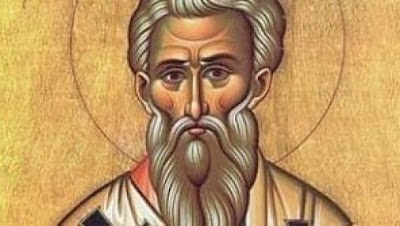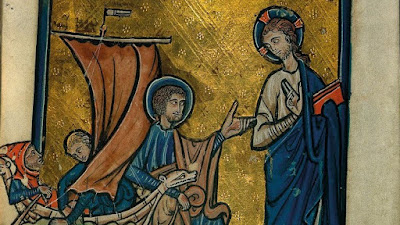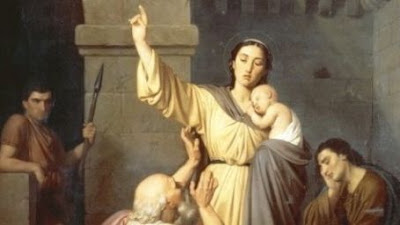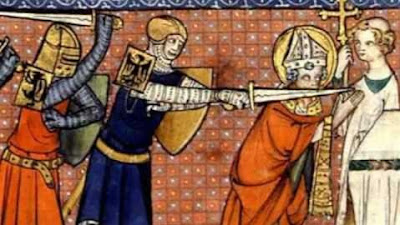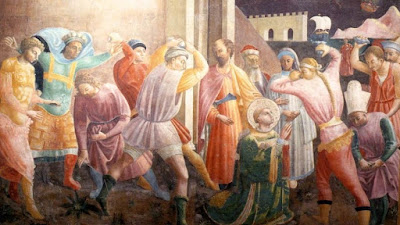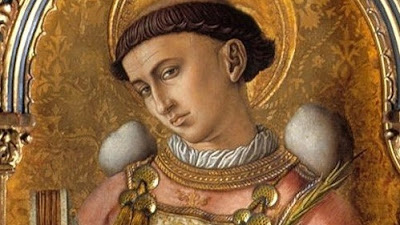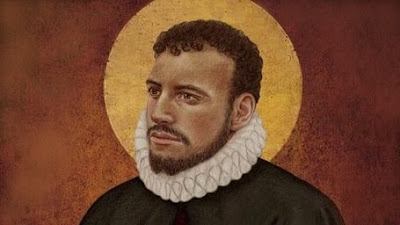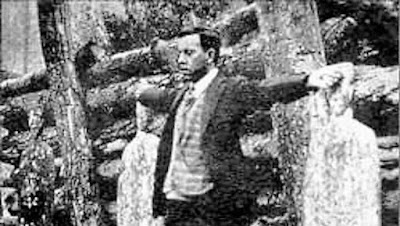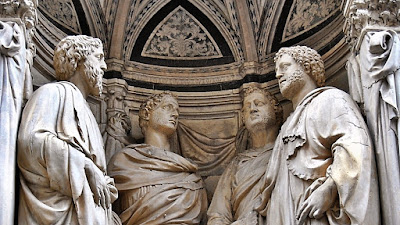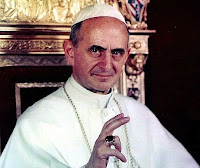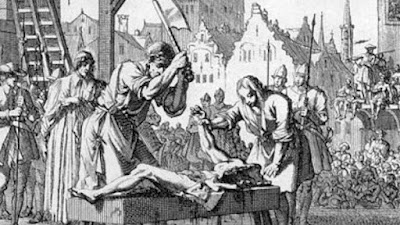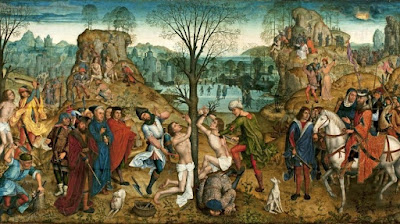Fr. Jacques Hamel Was Martyred by ISIS Four Years Ago Today
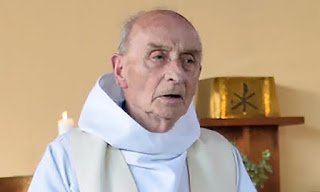
On July 26, 2016, Father Jacques Hamel was murdered while celebrating Mass at his parish in Saint-Étienne-du-Rouvray church, Normandy, France. His attackers were two Muslim men pledging allegiance to the Islamic State of Iraq and the Levant. Fr. Hamel was a revered and devoted priest and is a martyr for the faith. The Archbishop of Rouen, Dominique Lebrun revealed during the solemn funeral Mass celebrated in Rouen Cathedral for Fr. Hamel, that Fr. Hamel tried to push away his attackers with his feet, saying "Go away, Satan!" Fr. Jacques Hamel, we pray for your intercession. Help us to never yield when evil confronts us. Prayer for the Persecuted Church O great cloud of witnesses. O host of Angels and Saints worshiping God for all eternity! O holy ones in heaven above, Pray for us. You who were once part of the Church on earth, you who were faithful servants of the Church Militant, you who suffered for the love of God, Pray for us. In all ages, the Church is persecuted and
